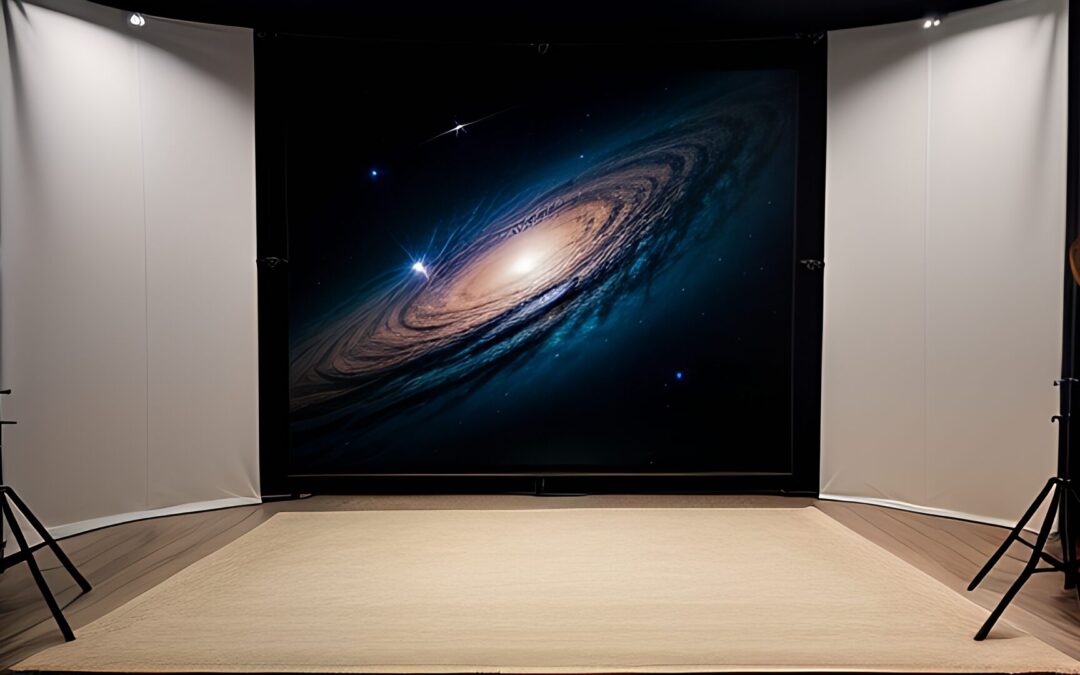In my capacity as a Computer Professional, I utilize an analytical approach to identify and analyze problems through the process of narrowing their scope. This technique, commonly referred to as “Bracketing,” allows for a comprehensive comprehension of the Universe and assists in refining focus.
The initial bracket, embodied by a photon, a extensively documented entity that symbolizes the ultimate limit of velocity – where nothing exceeds the speed of light – is characterized by static time or an elapsed time equivalent to zero.
Conversely, we investigate the precise opposite of a photon, a chronoton, whereby the inverse attribute yields an elapsed time of infinity, resulting in a singular solution: a particle of time.
Consequently, the Universe has been effectively encapsulated within the confines of time. Given that velocity measures the distance per unit of time, it becomes crucial to examine the distance properties of these two brackets. By delving into the waveforms of these entities, as particles oscillate, a waveform with an infinite frequency would possess a wavelength of zero, while a waveform with a frequency of zero would yield an infinite wavelength. This deduction leads me to posit that with an elapsed time of infinity, the distance would converge to zero, whereas with an elapsed time of zero, the distance would expand infinitely.
Consequently, I propose that a particle-wave of time signifies the elapsed time measured by its frequency and generates distance in accordance with its wavelength.
Albert Einstein once failed at a Thought Experiment whereby he tried to imagine what he would see if he were to “piggyback” upon the back of a photon.
From our Brackets of the Universe we can deduce that Einstein would see both the photon in his own Frame-of-Reference as well as a particle of Time oscillating at an Infinite frequency in the exterior Frame-of-Reference.
